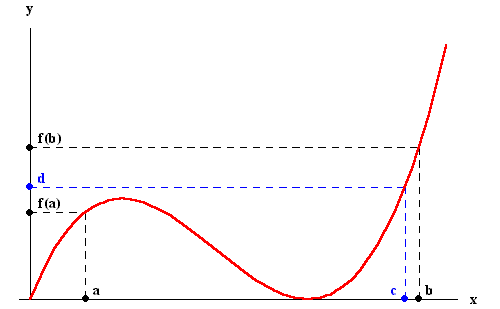What does it actually mean to verify a trig identity?
- To verify an identity to me is to break down a complex problem to its simplest form, and to make sure that form is equivalent to the one you already were given, so it matches. These types of problems are very helpful as a check method to do, because if you know or think you understand the material, the more you verify these problems, and get them right, you'll notice patterns start to develope.
2. What tips and tricks have you found helpful?
The tricks and or tips i found the most helpful was listening to Mrs. Kirch. Memorize the Circle Chart and all the identities. It really helps and its crucial not only to do well on the test, but its more time efficient, plus you look like a total genius if you do ^.^
3. Explain your thought process and steps you take in verifying a trig identity.
My thought process actually varies from problem to problem because its like starting all over again so i have to go through a check list, such as, can i put it in sin or cosine, can i do the conjugate, etc etc. so the questions build up, and if your not careful, you can end up confused, the trick is for every question i ask myself, i try to answer it, or prove it whether its right or wrong. Trail and error is a good way to describe my actual process, but it never hurts to know your identities and your pi chart, that is, in my opinion, the most crucial thing out there.















